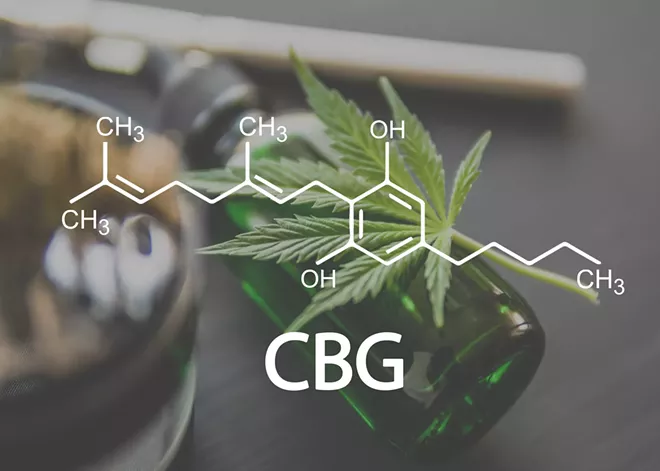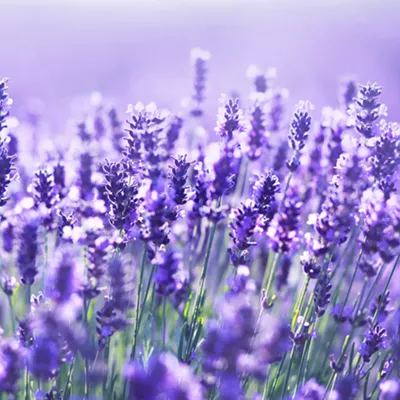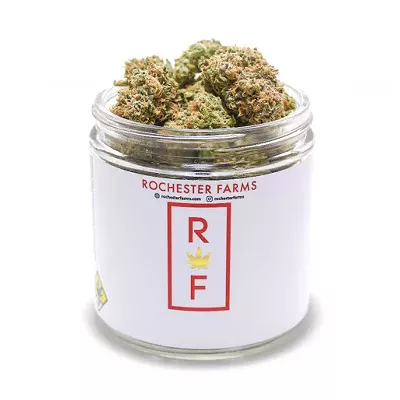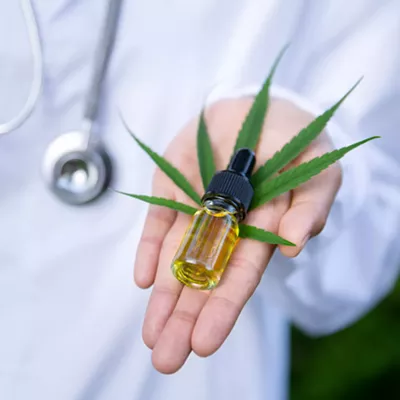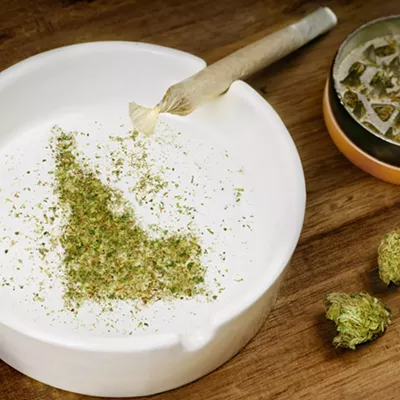When it comes to cannabis compounds, THC and CBD get top billing, but they are just two of over 100 chemicals known as cannabinoids that can be found in cannabis.
After those two, arguably the most referenced cannabinoid is cannabigerol or CBG. While Washington state labeling regulations don't require it to be listed on cannabis packaging labels, as is the case with THC and CBD, CBG content is often promoted on packaging nonetheless.
It's time to give this cannabinoid a moment in the sun, not just because it's becoming one of the trendier compounds in cannabis, but because without it cannabis wouldn't be what it is at all.
In the cannabis plant, many cannabinoids are ultimately derived from a form of CBG. As it grows, the plant converts CBG into THC, CBD and the 100-plus other chemicals that have direct impacts on creating both the high that recreational users seek and the medicinal benefits therapeutic users desire.
Like CBD, CBG is considered to be non-psychoactive, meaning it does not directly result in intoxication, but rather modulates the feeling of the intoxication. This also means that like CBD, CBG has the potential for therapeutic use without causing a high.
Unlike CBD, however, which can easily be found in flower form, CBG-forward flower is uncommon on the market. Most products promoting CBG are in edible form, rather than smokable.
The effect profile of CBG, while still not fully understood, is considered to be similar to that of CBD. It has been used to promote sleep, fight pain and combat anxiety, among other uses.
However, unlike CBD, which has seen widespread adoption across the United States in recent years — CBD products can be found at grocery and pet supply stores in addition to traditional dispensaries — CBG remains largely constrained to the state's regulated cannabis market.
CBG-forward products tend to come in a format that pairs the CBG with THC, CBD or both. Gummy brand Wyld, for example, offers a selection of edibles with a 1-to-1 ratio of CBG to THC. As a result, consuming those products will result in intoxication. On the recreational market, that sort of balance is the most common format in which CBG is available.
CBG products available outside the recreational market are derived from industrial hemp, rather than what the state defines as cannabis, and are not subject to the same regulations as products available at licensed dispensaries.

